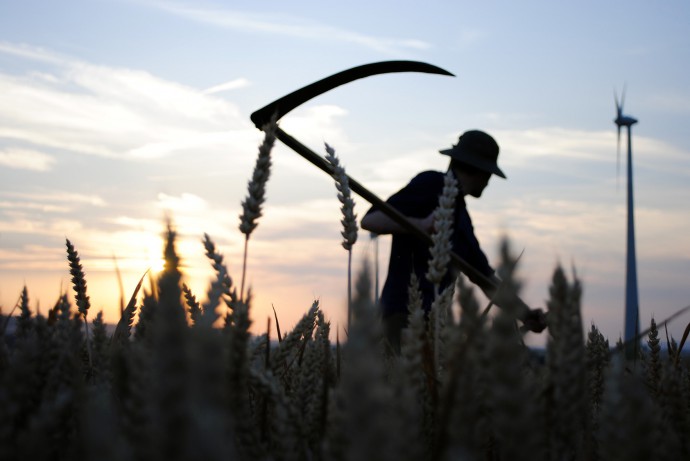Weekend read: Accidental deaths in Tudor England
Since this is my blog, I reserve the right to geek out once in a while… and today is one of those times. My recommended read for this weekend is a fascinating bit of historical epidemiology published in The Lancet back in 2012 (it’s free to access). Gunn and Gromelski present their review of the documentation from 16th century coroners’ inquests (Who knew there were coroners, let alone inquests, in the 16th century?!)

Earlier this year, I was lucky enough to have some of my work featured in the British Library’s Beautiful Science exhibition, and – just a few exhibits along from mine – they had some brilliant Parish records of deaths from the 19th century on display. It was intriguing to see diagnoses like “rising of the lights”, which killed an awful lot of people – especially when one considers that knowledge of what this phrase actually described is now lost to history.
The Gunn and Gromelski paper is interesting for its analysis of what the deaths tell us about lives during that period, and how things have changed over the years. My description of the paper may sound geeky, but it really is fascinating, and well worth spending a few minutes reading this weekend.
And can any of my medic friends honestly say they wouldn’t love to write something as artistic as “a rush of water entered his mouth and nose and stupefied his spirit” in the relevant box on a crem form? I know I would.
This post was filed under: Health, Weekend Reads, Steven Gunn, The Lancet, Tomasz Gromelski.